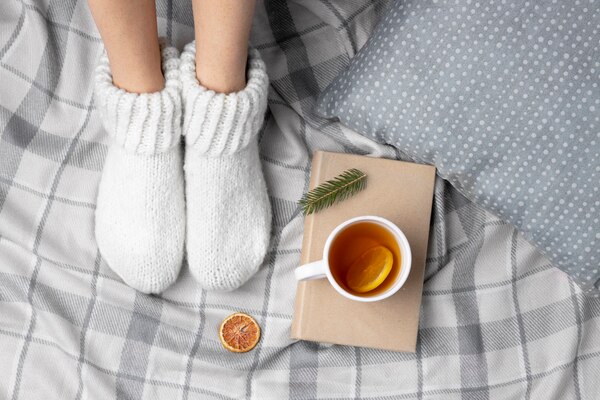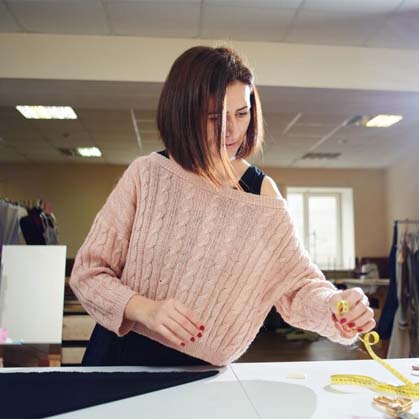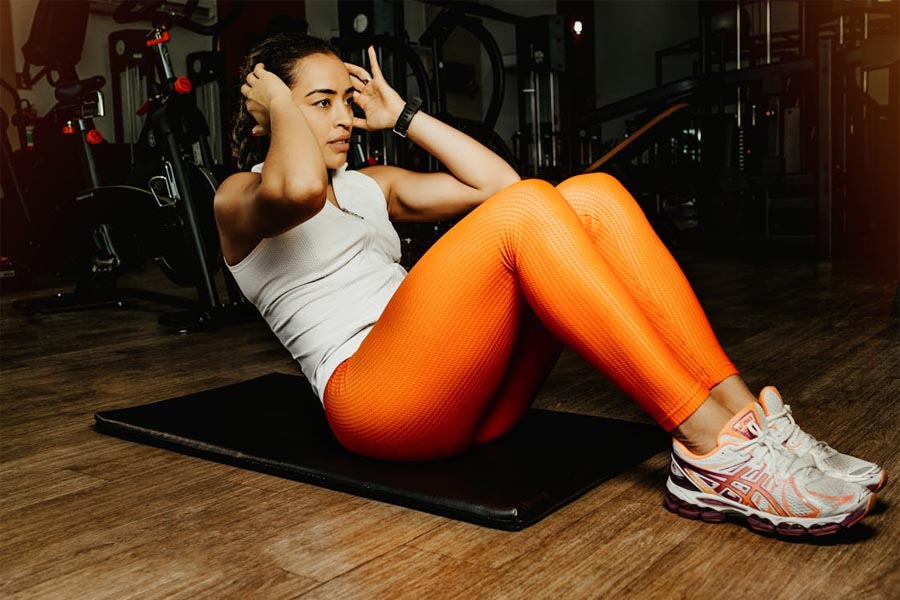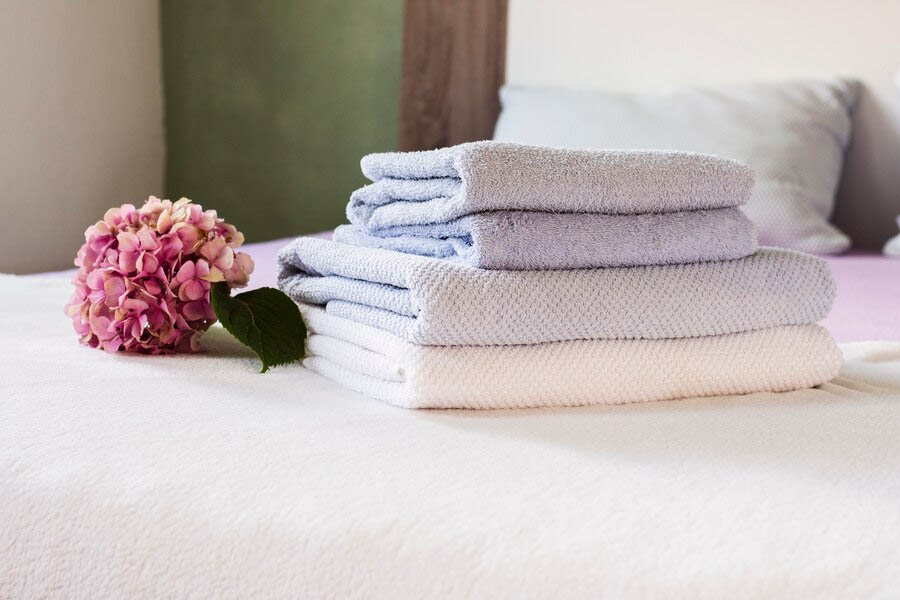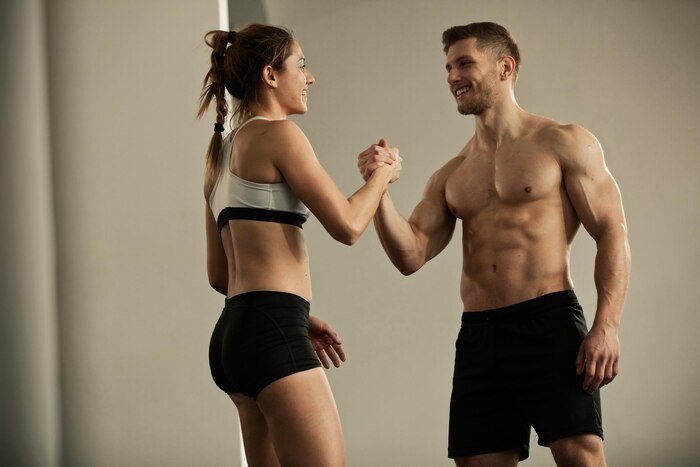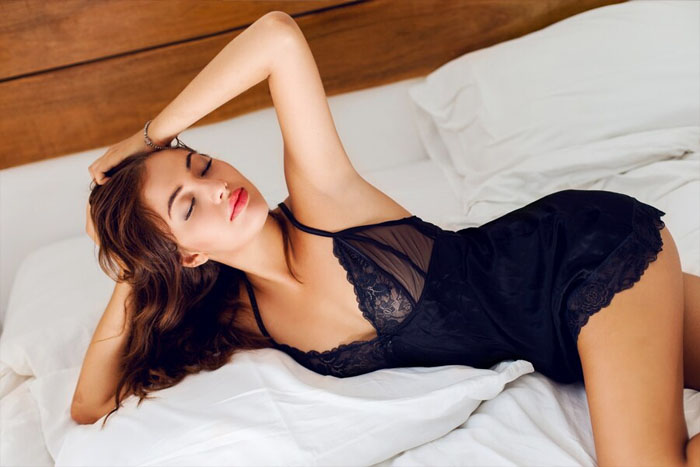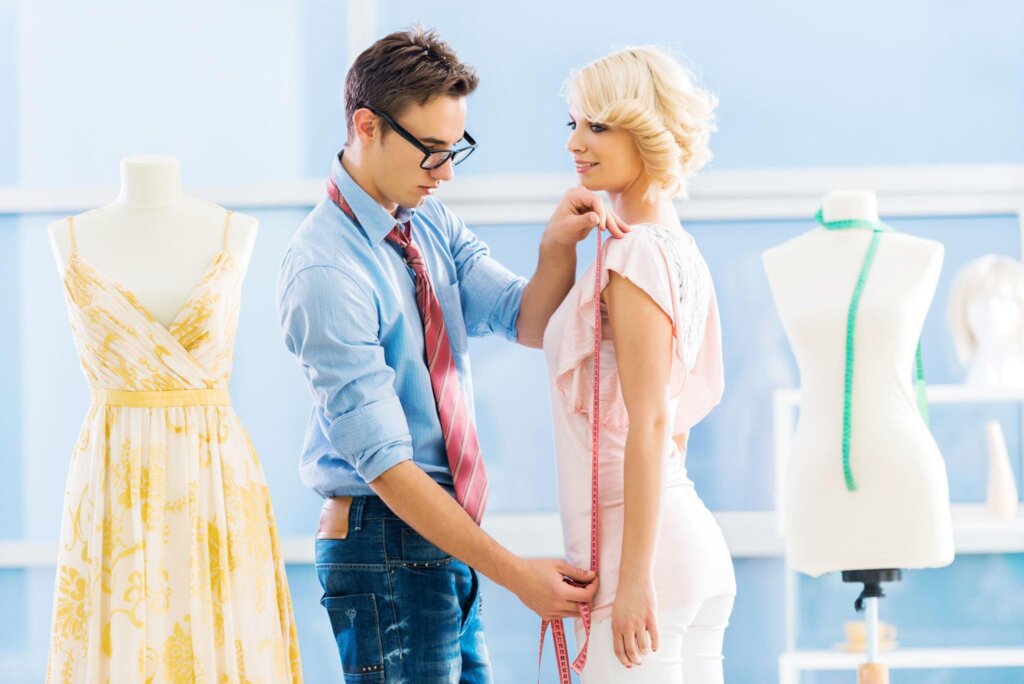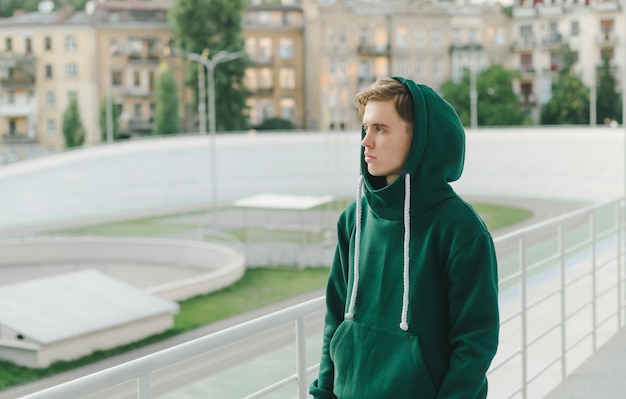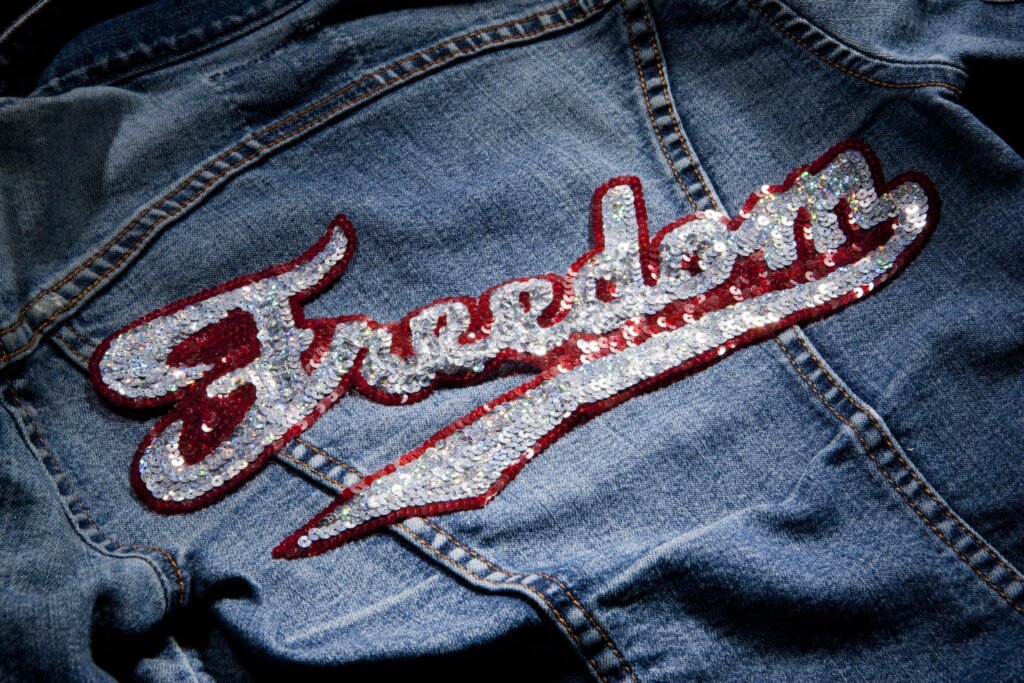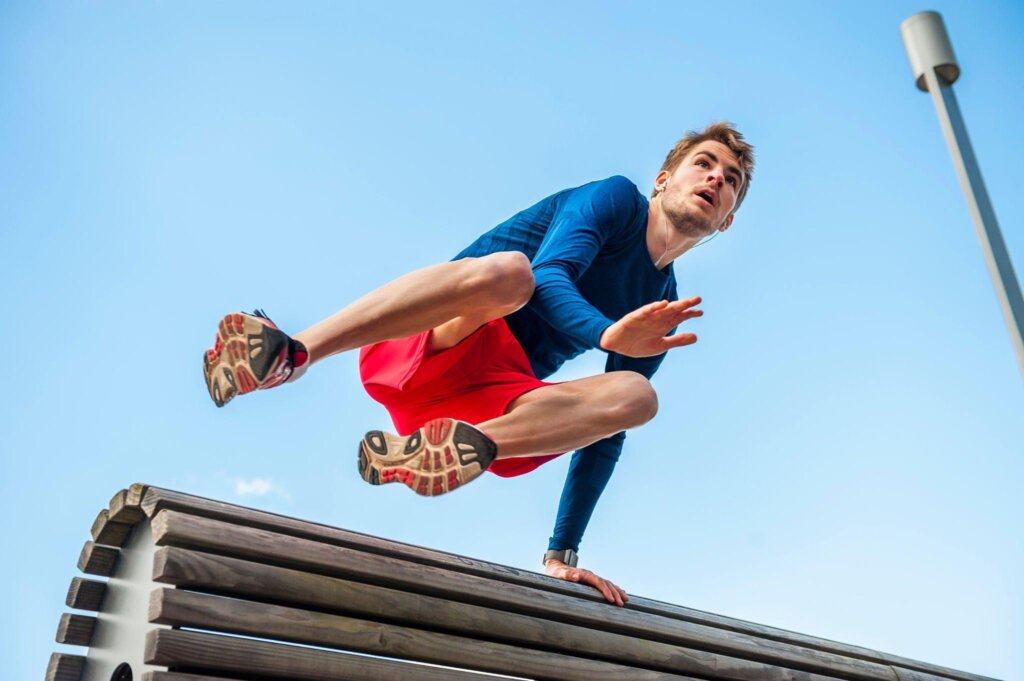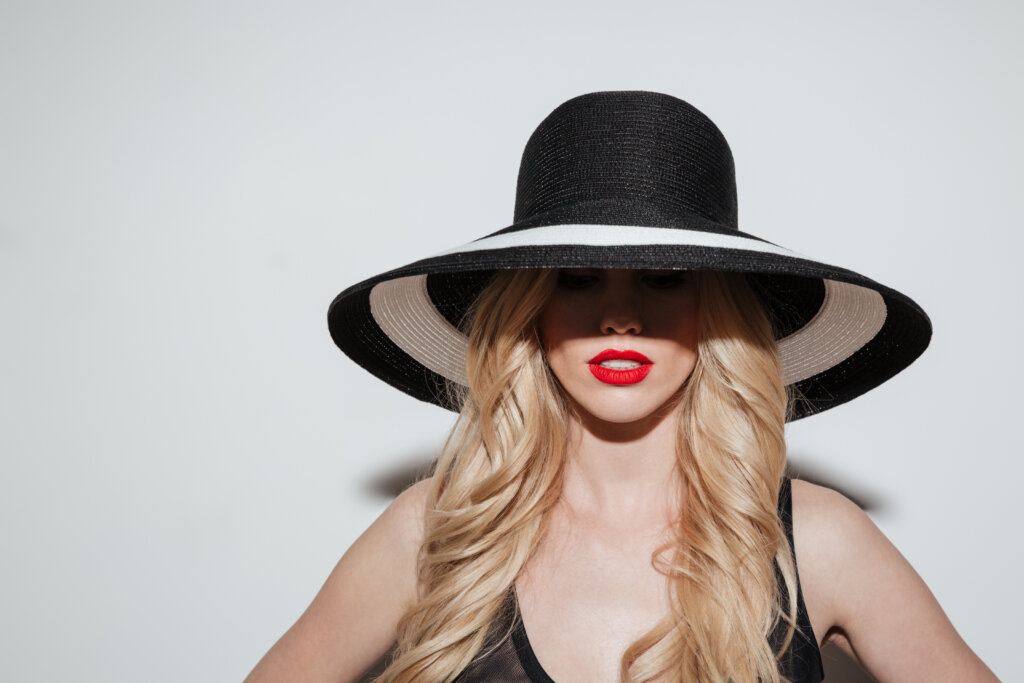Have you ever found yourself unable to tell a crewneck from a hoodie or a pullover while glancing at a rack of sweatshirts? Shopping for sweatshirts can easily get perplexing given the abundance of alternatives.
You don’t need a degree in fashion to understand it, though, which is the key point. You can choose the right types of sweatshirts for any occasion by using our guide, which will take you through the fundamentals.
History of the Sweatshirt
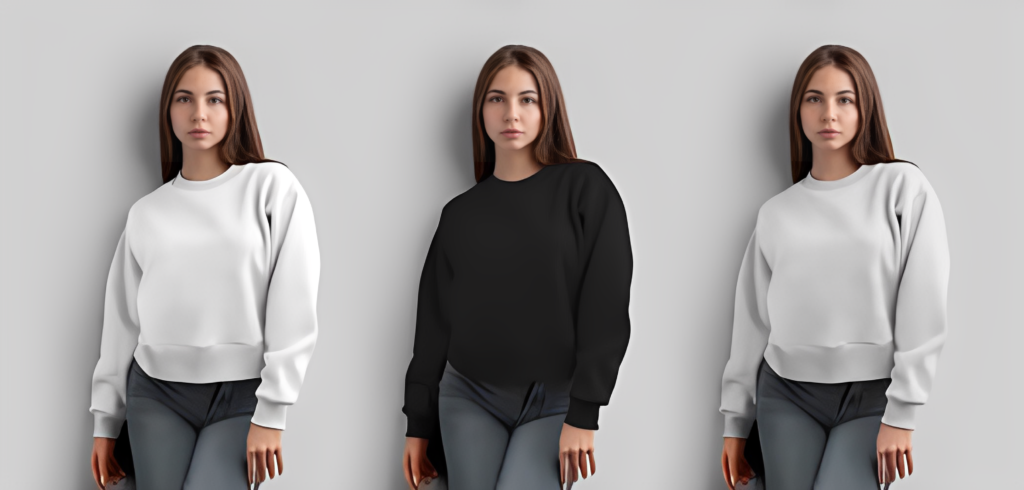
Since the early 20th century, sweatshirts have existed in their current form. Athletes wore the first sweaters, which were initially made of thick cotton, to stay warm when taking breaks. Sweatshirts were a common casual clothing item for workers and students by the 1920s.
In the 1930s, the hooded sweatshirt, often known as a hoodie, initially became fashionable. In the 1970s, as hip-hop culture expanded, the hoodie became increasingly popular in mainstream culture. Since then, hoodies have been equally at home in casual and athletic looks.
Today, there are many different styles of sweatshirts. A timeless and functional alternative is the crewneck sweatshirt.
- Raglan sweatshirts have sleeves that extend to the collar in a diagonal seam for extra mobility and comfort.
- Zip-up sweatshirts allow you to control the level of warmth. They’re great for layering.
- Cropped sweatshirts, which hit at the waist, are a stylish choice for women.
- Oversized and slouchy sweatshirts are cozy and laid-back.
There is a sweatshirt to suit every preference, with a variety of designs, hues, and fits to choose from. The sweatshirt is a wardrobe essential that you can always rely on, whether it’s for working out, relaxing, or a casual day out.
Common Sweatshirt Styles
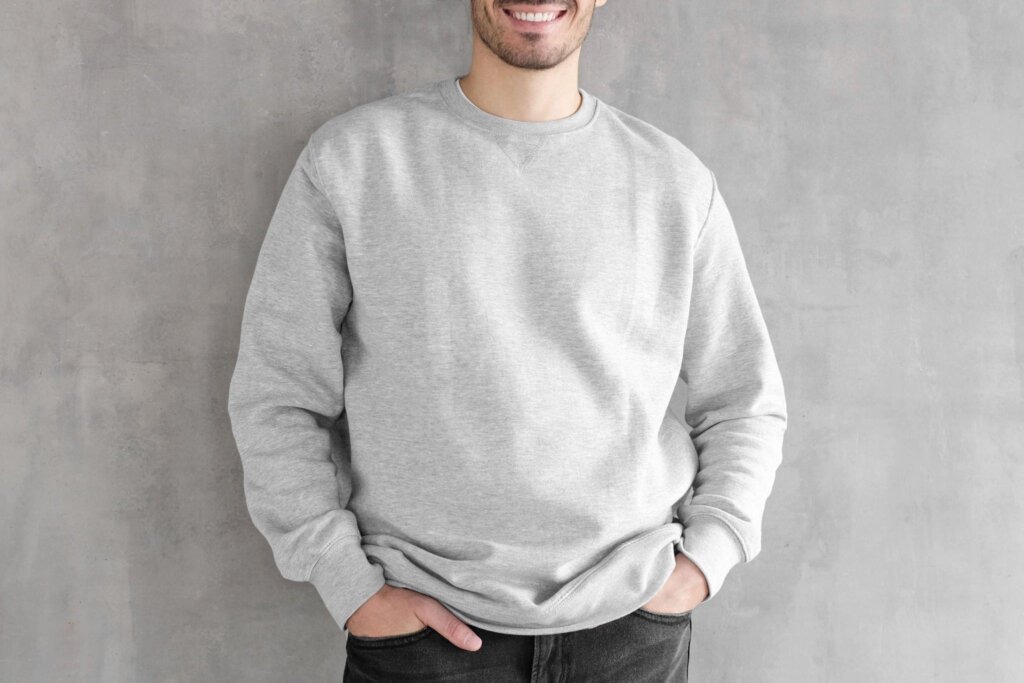
Understanding the different types of sweatshirts is helpful when purchasing one so you can select the one that best meets your needs.
Crewneck
The crewneck is your standard, classic sweatshirt type. It has a broad, round neckline that is near the neck’s base. Crewnecks go nicely with everything from jeans to joggers and are comfortable and flexible.
Hoodie
For added warmth and coverage, go for a hooded sweatshirt or “hoodie.” Hoodies have an attached hood with drawstrings you can tighten for extra coziness. Hoodies are perfect for casual wear and exercising outdoors.
Zip-Up
A zip-up sweatshirt has a zipper down the front that allows you to control how much ventilation and coverage you want. Zip-ups often have pockets in the front as well.
Pullover
A pullover sweatshirt resembles a crewneck but does not have elastic banding at the bottom. It is loose and light enough to be pulled over your head. They are perfect for sleeping and relaxing.
You truly can’t go wrong with so many cozy options. Choose a sweatshirt design that fits your requirements and sense of style. Pullovers tend to be a bit boxier in fit.
It all comes down to your preference for a hood. Each closet should contain warm essentials like sweaters and hoodies.
Sweatshirt vs. Hoodie
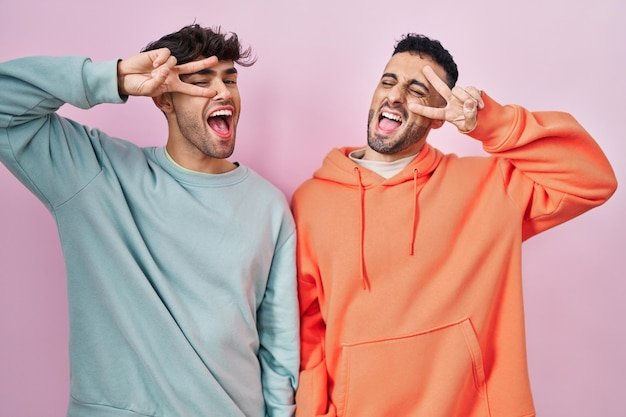
There are several significant differences between a hoodie vs. sweatshirt, even though both are casual, comfy garments.
A pullover-style garment that is slightly thicker than a t-shirt is known as a sweatshirt. It is often made of knitted cotton fabric. A crewneck or V-neck collar and long sleeves are characteristic features. A hood is not usually present. Depending on the situation, sweatshirts are adaptable and can be dressed up or down. From simple to patterned to athletic, they are available in several types of sweatshirts.
In contrast, a hoodie is a sweatshirt with a hood that can be pulled up over your head. Even more relaxed and casual than standard sweatshirts are hoodies. On a cool day, they are perfect for relaxing, working out, or doing errands. Hoodies frequently contain front pockets and drawstrings to adjust the hood’s fit. Even though some hoodies can be dressed up for particular occasions, they often have a very laid-back, sporty vibe.
It all comes down to whether you want a hood or not. Each closet should contain warm essentials like sweaters and hoodies. Choose a style, fabric, and fit that suit your taste and needs. Mix and match different pieces to create comfortable yet stylish outfits for any occasion.
Sweatshirts vs. Sweaters
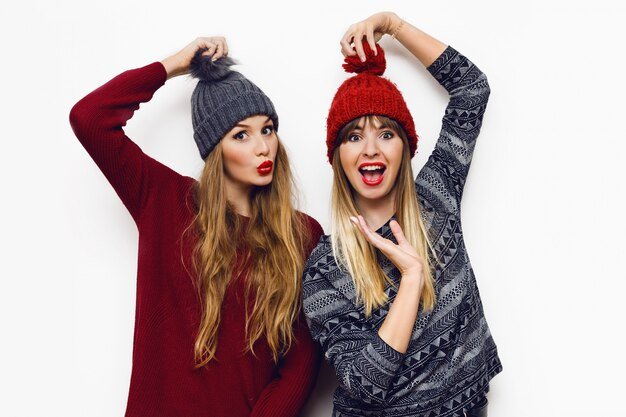
For the fall and winter, sweatshirts and sweaters are essential comfortable items, but how do they differ? In contrast to sweaters, which aim for a dressier appearance, sweatshirts are typically more casual and athletic.
Materials
Cotton, polyester, or a cotton-poly blend are common materials used to make sweatshirts since they are heavier and more durable. When exercising or just relaxing, these textiles are intended to provide warmth and comfort. Conversely, sweaters are frequently created from softer, finer materials like wool, cashmere, or knit mixes for a more opulent feel.
Fit and Style
Sweatshirts usually have a loose, boxy fit and come in basic styles like crewneck hoodies or zip-ups. They are very casual and best for exercising or wearing around the house. Sweaters have a more comprehensive range of fitted and loose styles, from form-fitting knits to oversized cardigans.
Use
Sweaters aim for an easy but put-together look that transitions well from work to weekends to evenings out. Each has its place in a well-rounded wardrobe. On days when you want to feel cozy but still look presentable, a stylish sweater is the perfect choice. A trusty sweatshirt can’t be beaten for lazy Sundays or workout wear.
Whatever the weather, having a selection of comfortable and versatile tops like sweatshirts and sweaters will ensure you stay warm all season. Mixing and matching them with your favorite layers and accessories allows for a wide range of comfortable yet stylish looks.
Sweatshirt vs. Jacket
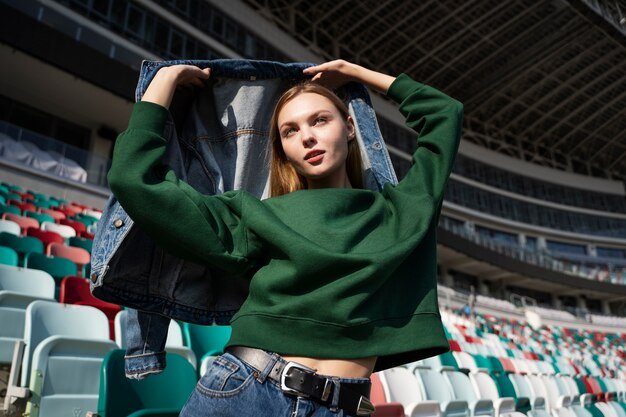
A sweatshirt and a jacket are quite distinctive, though they are both casual outerwear options.
Material
To keep you warm and comfortable, sweatshirts frequently consist of dense, absorbent materials like cotton, cotton blends, or fleece. On the other hand, a jacket can be made of a variety of materials, from lightweight nylon or polyester to heavy leather, depending on its intended usage. Some jackets may have an insulated lining for added warmth.
Fit
Sweatshirts often fit loosely and comfortably, making them perfect for casual wear or relaxing. Depending on the latest design trends and their intended use, jackets come in a variety of fits, from slim-fitting models to enormous ones, such as a smart blazer or a puffy ski jacket.
Closures
Most sweatshirts are pullover styles without any closures. Jackets typically have some type of closure, like buttons, zippers, Velcro, or snaps. The closure allows you to adjust ventilation and the fit. Jackets with closures may also have additional features like pockets, hoods, or linings.
Coverage
Sweatshirts typically provide coverage for your upper body, arms, and sometimes your head. Jackets offer a wider range of coverage, from cropped styles to mid-length to longer overcoats that extend down to your knees or lower. Jackets can also include additional coverage features like hoods, pockets, and even belted or cinched waistlines.
While sweatshirts and jackets are both casual accessories for comfort and warmth, they have some distinct differences in their materials, fit, closures, and coverage. But in the end, choose what makes you feel cozy and suits your style.
What is a High-Quality Sweatshirt Made of?
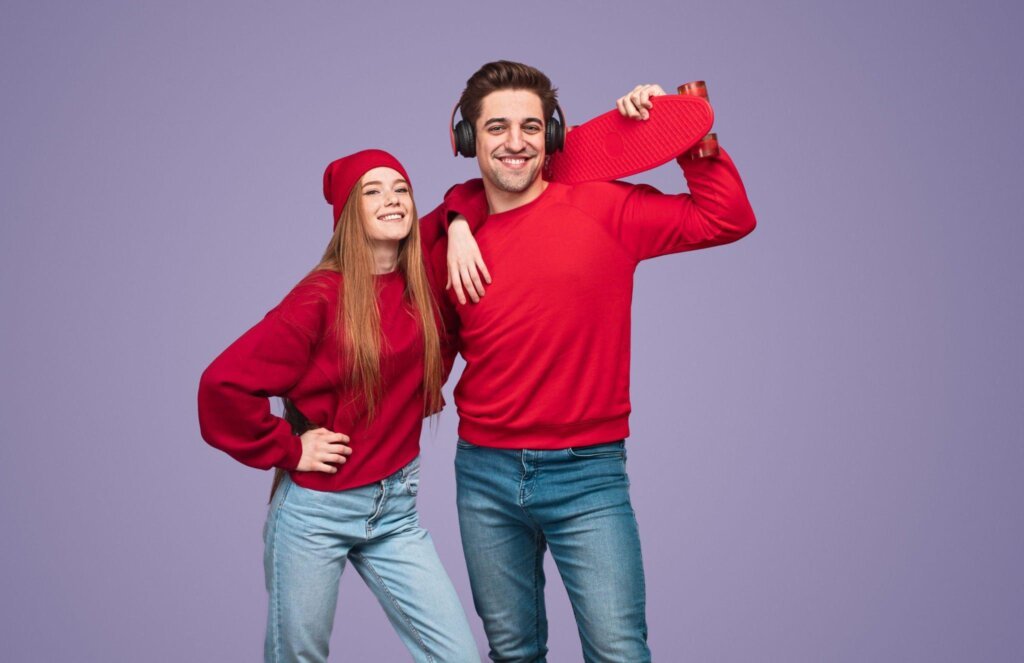
Premium sweatshirt manufacturers create them from comfy, long-lasting materials. There are numerous types of fabric available for sweatshirts, each with unique characteristics. The majority are:
Cotton
Natural cotton is airy and absorbent. Cotton sweatshirts are comfortable, lightweight, and great for layering. Sweatshirts made of 100% cotton or cotton blends like cotton and polyester are soft and comfortable. However, pure cotton can shrink, pill, and lose its shape over time. High-quality cotton sweatshirts are used with longer, stronger cotton fibers and tighter knits to prevent this.
They do lack some durability and weather resistance, though. Popular cotton sweatshirt options include:
- Fleece: Made from soft, fluffy cotton fibers. Warm and cozy but not very wind-resistant. Great for lounging and indoor use.
- Terry cloth has looped pile fibers that are very absorbent, like towels. Comfortable but can be heavy. Often used for hoodie sweatshirts.
Fleece
Fleece is a lightweight, insulating polyester fabric. Fleece sweatshirts are warm, breathable, and resistant to shrinkage and pilling. Popular fleece options include anti-pill fleece and microfleece. For extra coziness, look for sweatshirts with a plush, fuzzy fleece interior.
Polyester
Polyester is a synthetic textile that resists wrinkles, is strong, and dries quickly. Polyester sweatshirts are suitable for outdoor use and sports. Polyester sweatshirts are long-lasting and retain their shape well. However, lower-quality polyester can be less breathable. High-quality polyester sweatshirts often blend with natural fibers like cotton to improve breathability and comfort. Popular polyester blends for sweatshirts include cotton polyester and rayon polyester.
However, polyester can feel stiff or irritating for some. Common polyester sweatshirt fabrics are:
- Fleece: Made from polyester fibers to create an insulating layer. Lightweight, warm, and wind-resistant. Great for outdoor recreation.
- Mesh has an open, net-like structure. Highly breathable and moisture-wicking. Often used for athletic sweatshirts.
- Microfiber is a material with a silky, suede-like texture that is made of incredibly fine polyester fibers. Additionally, it is durable, quick-drying, and breathable.
Wool
Wool is a soft, natural material that is renowned for its warmth. Wool sweatshirts, such as those made of Merino wool or wool blends, are comfortable yet lightweight. High-quality wool is naturally breathable, moisture-wicking, and odor-resistant. However, if wool is not properly cared for, it may shrink over time or begin to feel worn. Wool-polyester or wool-nylon blends provide the benefits of wool along with more shrink- and pill-resistance.
A well-made sweater ultimately depends on the caliber of the materials and workmanship. Your sweatshirt will keep you warm and snug for years to come if you choose materials like premium cotton, wool, or blends of polyester. You won’t go wrong if you concentrate on using natural, breathable fabrics.
What kind of Fabric is The Softest for Sweatshirts?
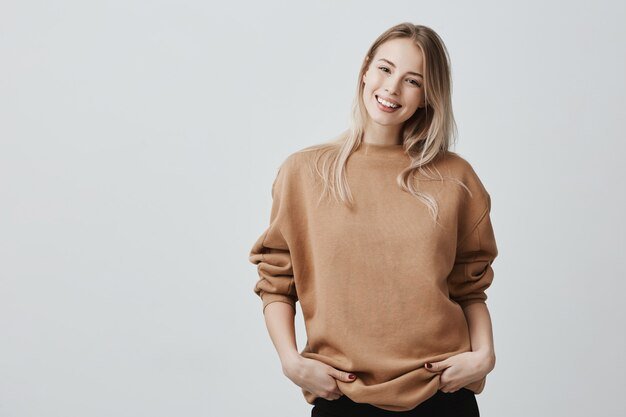
Even heavy cotton clothing won’t keep you as warm as wool or fleece, even if cotton is the most pleasant material. Another material that helps drain sweat away from the body without adding bulk to a hoodie is nylon or a nylon blend. Your skin type and the intended use will dictate the clothes you select.
Conclusion
You now have all the information you require regarding the different sweatshirt types. Now that you are aware of your possibilities, you may decide what clothing manufacturer meets your requirements, whether you want a comfy classic crewneck, a chic hoodie, or a vintage raglan.
The next time you’re looking for a new sweatshirt, think about how you’ll wear it and what aspects are most essential to you before picking one out. You may stay cozy and stylish all season long with the appropriate sweatshirt for your style.











